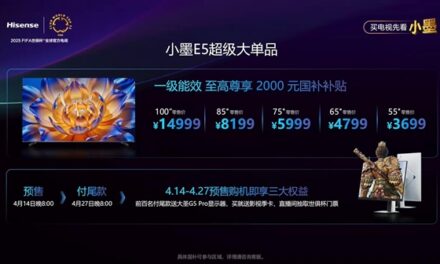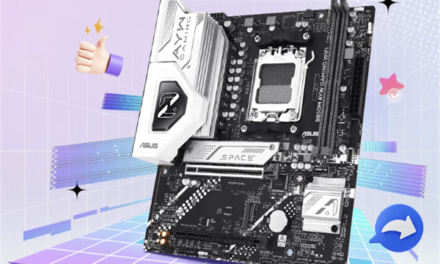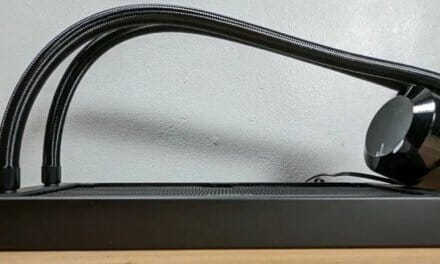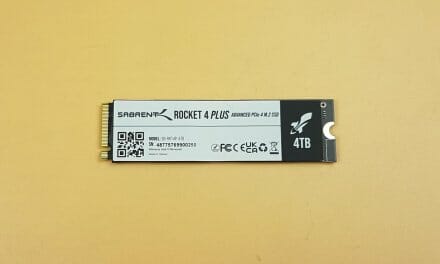
What is PCIe: Understanding The High-Speed Interconnect Standard for Modern Computing
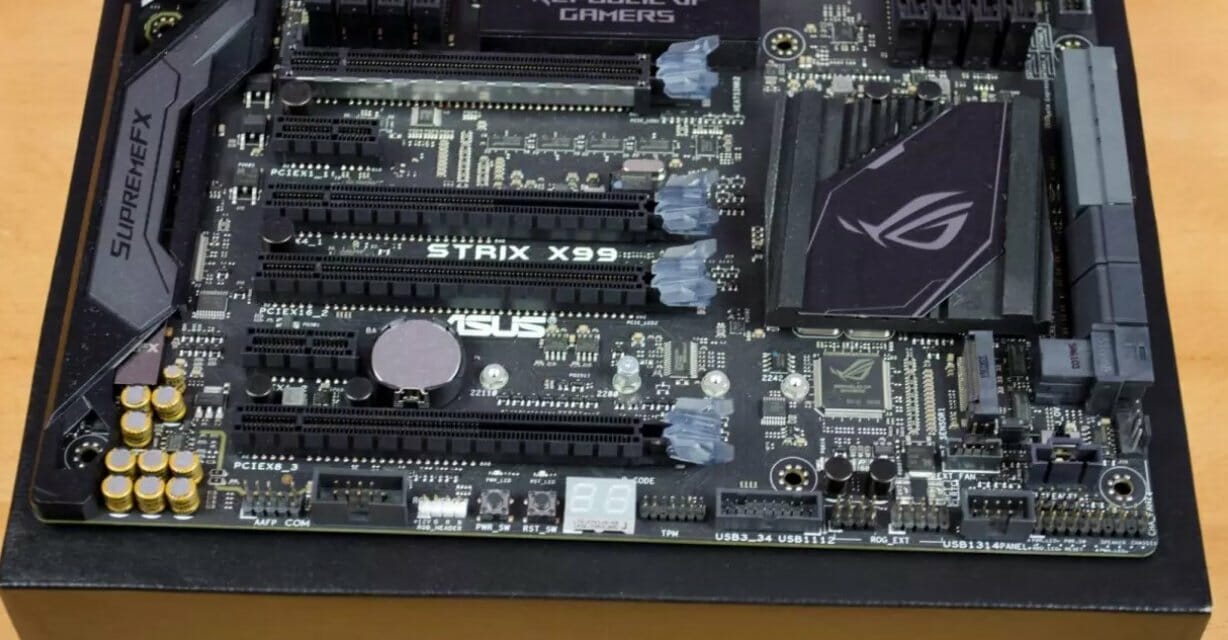
Introduction:
Peripheral Component Interconnect Express (PCIe) is a high-speed interconnect standard that has become the backbone of modern computing. PCIe is an essential component of today’s computers, enabling fast and efficient communication between the CPU, memory, and peripheral devices. In this article, we will explore the ins and outs of PCIe, its architecture, generations, use cases, and future prospects.
A brief history of PCIe:
PCIe was introduced in 2003 as an evolution of the Peripheral Component Interconnect (PCI) bus. PCIe was designed to overcome the limitations of PCI, such as low bandwidth, limited scalability, and high latency. PCIe provided higher bandwidth and scalability by using serial point-to-point connections instead of the parallel connections used by PCI. With PCIe, multiple devices can be connected to a single bus, and each device has its own dedicated lane for communication.
PCIe architecture:
PCIe is a point-to-point serial interconnect standard that connects the CPU, memory, and peripheral devices. PCIe architecture consists of two key components: the root complex and the endpoint devices. The root complex is the central hub of the PCIe architecture and is responsible for managing the communication between the CPU and the endpoint devices. The endpoint devices are the peripheral devices that are connected to the root complex.
PCIe works by dividing the data into packets and sending them over dedicated point-to-point connections called lanes. Each lane has its own clock signal and data transfer rate. PCIe lanes are available in various sizes, including x1, x2, x4, x8, x16, and x32. The larger the number of lanes, the higher the bandwidth available for data transfer.
PCIe generations:
There are four generations of PCIe: PCIe 1.0-3.0 and PCIe 4.0-5.0. PCIe 1.0 had a maximum data transfer rate of 2.5 GT/s per lane, while PCIe 2.0 doubled the data transfer rate to 5 GT/s per lane. PCIe 3.0 increased the data transfer rate to 8 GT/s per lane. PCIe 4.0 doubled the data transfer rate again to 16 GT/s per lane, and PCIe 5.0 doubled the data transfer rate again to 32 GT/s per lane. Each new generation of PCIe provides faster data transfer rates, higher bandwidth, and improved performance.
PCIe use cases:
PCIe is used in various applications, including consumer, enterprise, and gaming. In the consumer market, PCIe is used to connect graphics cards, network adapters, sound cards, and other high-performance devices to the motherboard. In the enterprise market, PCIe is used to connect storage devices, network adapters, and other high-performance devices to the server. In the gaming market, PCIe is used to connect graphics cards and other high-performance devices to the gaming PC.
PCIe vs. other interconnect standards:
PCIe offers several advantages over other interconnect standards, such as PCI, Serial ATA (SATA), and Serial Attached SCSI (SAS). PCIe provides higher bandwidth, faster data transfer rates, and lower latency than PCI. SATA and SAS are designed for storage devices and have lower bandwidth and slower data transfer rates than PCIe. PCIe is also more flexible than SATA and SAS, allowing devices to be connected directly to the CPU without going through the chipset.
Future of PCIe:
The future of PCIe looks promising, with PCIe 6.0 currently under development. PCIe 6.0 is expected to double the data transfer rate again to 64 GT/s per lane. PCIe 6.0 will also introduce new features, such as PAM4 encoding, which will improve signal integrity and enable longer cable lengths. PCIe 6.0 is expected to be released in 2021.
Conclusion:
PCIe is an essential component of modern computing, providing fast and efficient communication between the CPU, memory, and peripheral devices. PCIe has undergone several advancements in technology, with each new generation providing faster data transfer rates, higher bandwidth, and improved performance. PCIe is used in various applications, including consumer, enterprise, and gaming. PCIe offers several advantages over other interconnect standards, such as PCI, SATA, and SAS. The future of PCIe looks promising, with PCIe 6.0 expected to be released soon.
FAQs:
- What is the difference between PCIe and PCI?
- PCIe is a serial point-to-point interconnect standard, while PCI is a parallel interconnect standard. PCIe provides higher bandwidth, faster data transfer rates, and lower latency than PCI.
- What devices can be connected to PCIe?
- PCIe can be used to connect various high-performance devices, such as graphics cards, network adapters, sound cards, and storage devices.
- How many lanes does PCIe support?
- PCIe supports various lane sizes, including x1, x2, x4, x8, x16, and x32.
- How does PCIe compare to SATA and SAS?
- PCIe provides higher bandwidth, faster data transfer rates, and lower latency than SATA and SAS. PCIe is also more flexible than SATA and SAS, allowing devices to be connected directly to the CPU without going through the chipset.
- What is the future of PCIe?
- The future of PCIe looks promising, with PCIe 6.0 expected to be released soon. PCIe 6.0 will double the data transfer rate again to 64 GT/s per lane and introduce new features, such as PAM4 encoding.










